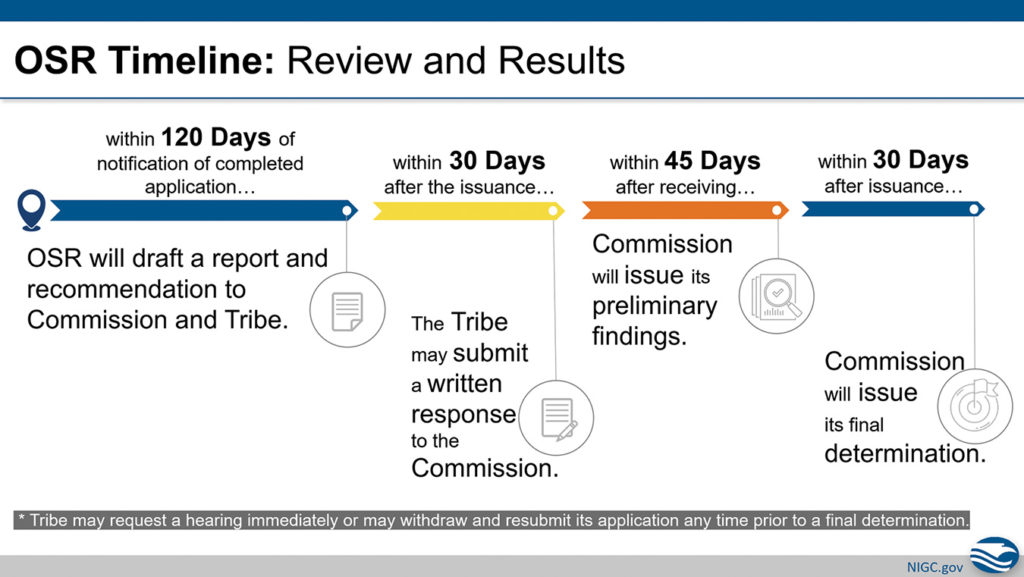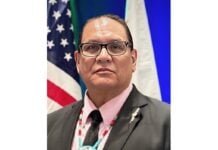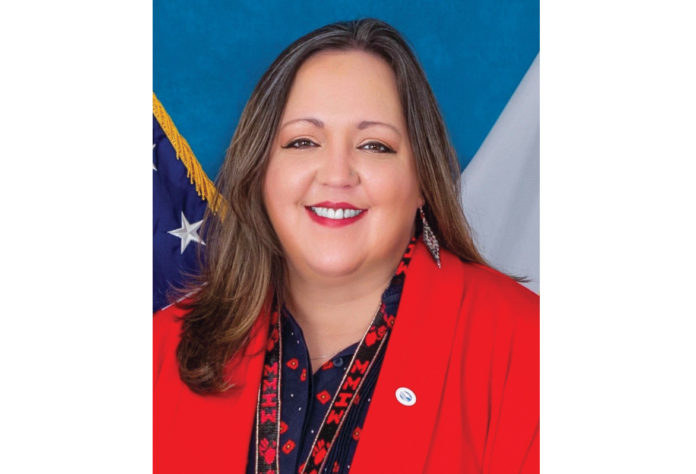by Christinia Thomas
The Indian Gaming Regulatory Act (IGRA) allows any Indian tribe that operates Class II gaming activity on Indian Lands to petition the National Indian Gaming Commission (NIGC) for a certificate of self-regulation. Tribal leaders proposed IGRA’s self-regulation provisions during the initial development of the law. The principles behind self-regulation are grounded in the concepts of tribal self-determination which allows for greater flexibility and less redundancy in federal regulation and program administration. Self-regulation accomplishes these policy goals and provides more autonomy to tribes. NIGC recognizes tribes are the primary regulators of Indian gaming and are best suited to lead and make critical determinations about the regulation of gaming operations on their lands.
The benefits to becoming self-regulated provide both autonomy and financial incentives to a tribe’s gaming operations. Primarily, a self-regulated tribe is no longer required to submit the Agreed Upon Procedures (AUP) reports or facility license notices under 25 C.F.R. part 559 and are no longer subject to NIGC site visits and requests for records regarding Class II operations (except through subpoena). Financially, the tribe is eligible for reduced fees on Class II gaming revenue, and it may continue to access NIGC training, technical assistance, and other services at no cost.
Pursuing Self-Regulation
To facilitate the process for self-regulation, NIGC adopted 25 C.F.R. part 518, Self-Regulation of Class II Gaming, most recently updating it in October, 2022. The final rule amended the regulations to address an ambiguity in the petitioning process and clarify and expand the Office of Self-Regulation’s (OSR) role once the commission issues a certificate. Notably, the rule:
• Changes the structure of the OSR to remove the requirement that the Director be a NIGC Commissioner.
• Clarifies NIGC may issue a final decision on issuing a certificate within 30 days instead of after 30 days.
• Enumerates the OSR is the correct party to receive notifications of material changes from self-regulated tribes.
• Clarifies the OSR will be the proponent of any case to revoke a certificate of self-regulation before the commission.
• Enables the OSR to obtain information from a self-regulated tribe.
• Clarifies that in any revocation proceeding, the OSR has the burden to show just cause for the revocation and carry that burden by a preponderance of the evidence.
Once the tribe submits a petition, the OSR begins its review process. The regulations state that the OSR shall be responsible for directing and coordinating the certification process. It shall provide a written report and recommendation to the commission and the tribe as to whether a certificate of self-regulation should be issued or denied. After submission of the petition, there are timelines that the OSR and tribe follow (see Figure 1).
Figure 1. Self-Regulation Process Timeline

The OSR must determine if the petition is complete 30 days after the submission of the petition. If the OSR determines that the petition is incomplete, the OSR will notify the tribe in writing. The written notification to the tribe will include what additional information is needed to complete the petition along with the timeline that information needs to be received by the OSR. If the OSR determines the petition is complete the review period begins, and the OSR has 120 days to complete its review and submit a recommendation concurrently to the commission and the tribe. At any time during the review process, the tribe can withdraw their petition for self-regulation.
It’s important to note that when the commission issues a certificate of self-regulation, the certificate is issued to the tribe, not to a particular gaming operation.
Eligibility
A tribe is eligible to petition the commission for a certificate of self-regulation of Class II gaming if, for a three-year period immediately preceding the date of its petition if:
• The tribe has continuously conducted Class II gaming.
• All gaming that the tribe has engaged in, or has licensed and regulated, is on Indian lands within the tribe’s jurisdiction, and is located within a state that permits such gaming for any purpose by any person, organization, or entity.
• The governing body of the tribe has adopted an ordinance or resolution that NIGC Chair has approved.
• The tribe otherwise complied with the provisions of 25 U.S.C. 2710 and the gaming operation and the tribal regulatory body have, for the three years immediately preceding the date of the petition, maintained all records required to support the petition for self-regulation.
Getting Started
The OSR has created tools designed for a tribe to assess its readiness for self-regulation, eligibility, submission, and criteria measurement. These tools can be found on the NIGC’s website at www.nigc.gov/utility/office-of-self-regulation. The readiness checklist includes various criteria, procedures, documents and other information that will be used to evaluate a tribe’s petition. This is a “self-assessment” checklist that provides tribes with the basic actions they can take to meet the qualifications to be eligible for self-regulation.
The submission, eligibility and criteria measurement checklists will be used by the OSR to evaluate and determine if tribe’s petition for self-regulation should be granted. Checklists questions will be answered using a combination of reviews. The OSR will review documents that the petitioning tribe has already submitted to the NIGC and will request additional documents to aid in its recommendation. The OSR will also schedule an on-site review of additional documents and conduct interviews with various gaming operations and tribal government employees to answer the questions outlined in the eligibility and criteria measurement checklists.
Importantly, the checklists’ overall purpose is to help the review team determine what processes are in place and how the Tribal Gaming Regulatory Authority works within those processes. If a tribe cannot answer “yes” to every question on the criteria measurement checklist, it still can be granted a certificate of self-regulation. The list under 25 C.F.R. part 518.5(b) is not all inclusive, and the questions are a way for the OSR to gauge that a tribe meets the criteria for receiving a certificate of self-regulation.
Once a tribe receives a certificate of self-regulation, they still must meet annual requirements. By April 15 of each year following the first year of self-regulation, or within 120 days after the end of each fiscal year of the gaming operation, NIGC requires each tribe that holds a certificate to submit an annual independent financial audit and a complete resume for all employees of the tribal regulatory body hired and licensed by the tribe after its receipt of a certificate of self-regulation.
To Learn More
To learn more about self-regulation, visit www.nigc.gov or send questions to osr@nigc.gov.
Christinia Thomas is a member of the Mille Lacs Band of Ojibwe and serves as the Deputy Chief of Staff and Deputy Director of the Office of Self-Regulation for the National Indian Gaming Commission. She can be reached by calling (202) 632-7003 or email christinia.thomas@nigc.gov.
















































